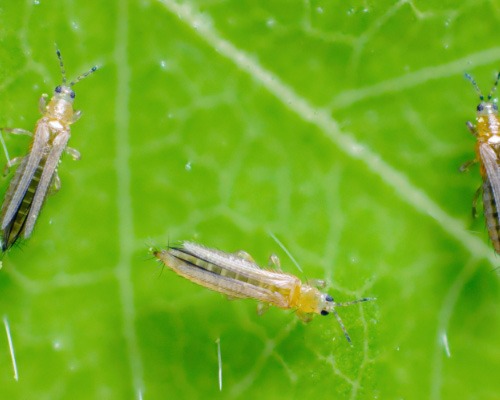
Battling Common Pests in Your Vegetable and Agriculture Nurseries
Introduction
Nurturing healthy crops in your vegetable and agriculture nurseries can be a rewarding experience. However, alongside the joy of seeing your plants flourish, comes the challenge of dealing with pests that can wreak havoc on your hard work. Pests can cause significant damage to young plants, hindering their growth and reducing overall yield. In this blog, we will explore some of the most common pests that can infest your nurseries and effective strategies to manage and prevent their damage.
Aphids
Aphids are tiny, sap-sucking insects that can quickly multiply and weaken plants. They are often found on the undersides of leaves, where they feed on plant juices. Aphids secrete a sticky substance called honeydew that attracts other pests and promotes the growth of sooty mold. To combat aphids, encourage natural predators like ladybugs and lacewings, and consider using insecticidal soap or neem oil.
Whiteflies
Whiteflies are small, flying insects that congregate on the undersides of leaves, causing stunted growth and transmitting plant diseases. Introduce natural enemies like parasitic wasps or use yellow sticky traps to control their population. Neem oil can also be effective in deterring whiteflies.
Caterpillars
Caterpillars are voracious eaters that can quickly strip leaves and damage plants. Handpicking caterpillars off plants can work for smaller infestations.
Spider Mites
Spider mites are tiny arachnids that suck the sap from plants, causing leaves to become stippled and discolored. Regularly misting plants and ensuring proper humidity levels can deter spider mites. Predatory mites can also be introduced to control their population.
Slugs and Snails
These slimy creatures feed on the leaves and stems of young plants, leaving irregular holes and damage. Remove debris where they can hide and consider using physical barriers like copper tape around containers to prevent them from reaching your plants.
Preventive Measures
Sanitation: Keep your nursery area clean and free of debris, which can provide hiding places for pests.
Quarantine: Before introducing new plants, quarantine them for a period to ensure they are not carrying any pests.
Companion Planting: Some plants repel pests or attract beneficial insects. Incorporating these plants in your nursery can help deter pests naturally.
Proper Watering: Avoid overwatering, as damp conditions can attract pests and diseases.
Healthy Soil: Healthy plants are more resilient to pests. Maintain balanced soil fertility to boost plant immunity.
Conclusion
Successfully managing common pests in your vegetable and agriculture nurseries requires a combination of vigilance, preventive measures, and appropriate interventions. By understanding the pests that commonly afflict your plants and implementing these strategies, you can create a healthier and more productive nursery environment. Remember, a proactive approach to pest management can go a long way in ensuring the success of your crops and the overall health of your garden.
